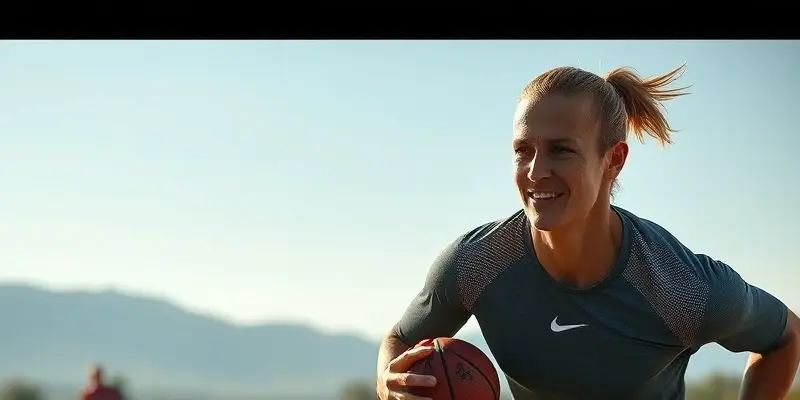The Power of Visualization in Recovery and Injury Prevention
In the world of fitness, recovery isn’t just physical—it’s deeply mental too. Whether you’re an amateur athlete, weekend warrior, or professional competitor, learning to harness visualization can speed up recovery, boost motivation, and keep injuries at bay. If you’re eager to return to your active lifestyle, let’s explore how visualization exercises can be the game-changer you didn’t know you needed.
What Is Visualization? The Mind-Body Science Explained
Visualization, or mental imagery, involves creating vivid mental pictures of your desired movements, outcomes, or emotional states. But this isn’t just daydreaming—scientific studies show that rehearsing activities in your mind activates neural pathways similar to those fired during actual movement. In other words, your brain practices even when your body can’t.
Why Does This Matter for Recovery?
- Neuromuscular Conditioning: Mental practice reinforces correct movement patterns, helping you return to training safely.
- Reduced Fear: Imagined execution builds confidence, letting you overcome anxieties after an injury.
- Motivation Booster: Visualization keeps your mind focused on healing and your goals—even through setbacks.
Key Visualization Techniques for Every Athlete
Let’s break down popular approaches, suitable for any fitness level:
1. Process Visualization
Imagine yourself performing every step of an exercise—say, a lunge or sprint. Focus on sensations in muscles, breathing rhythm, and proper form. This ingrains safe technique and prepares your body to move well once healed.
2. Outcome Visualization
Picture crossing the finish line, hitting a PR, or completing a challenging rehab drill with confidence. Amplify the emotion—pride, excitement, relief—feel it fully.
3. Motivational Visualization
Remember how it felt to be strong and capable. See yourself energized and resilient, especially on days when progress feels slow.
4. Situational Visualization
Mentally practice your response to setbacks or relapses. This prepares you psychologically, reducing panic and building resilience.
Visualization in Action: Step-by-Step Recovery Exercise
Ready to give it a try? Here’s a simple starter guide you can use today—whether you’re rehabbing an injury or just want to prevent the next one:
- Find a Quiet Space: Sit or lie down comfortably, away from distractions.
- Set Your Intention: Decide what movement or recovery event you’ll visualize (e.g., your next pain-free run).
- Engage the Senses: Close your eyes. Imagine the environment’s sounds, smells, and sensations.
- Picture the Movement: Walk through each step in your mind, using a first-person perspective. Feel your muscles moving smoothly and confidently.
- Visualize Recovery Tools: See yourself using foam rollers, braces, or other gadgets correctly, reinforcing good habits.
- Feel the Emotion: Allow yourself to experience pride, calm, and hope. These emotions strengthen the visualization’s impact.
- Repeat Daily: Consistency cements these benefits—try a few minutes before each rehab session.
For more detailed guidance, check out our visualization for healing post which dives deeper into mental imagery techniques tailored for recovery.
Pro Tips: Pair Visualization with Prevention & Nutrition
- Prevention: Use mental rehearsal to identify risky movement patterns or poor habits. Correct them in your mind first.
- Nutrition: Visualize yourself preparing and enjoying healthy, recovery-boosting meals. This mental nudge supports sticking to your nutrition plan.
Why Visualization Works—And When to Use It
Think of visualization as a “mental gym.” Combined with physical therapy, good nutrition, and preventive strategies, it accelerates your return to activity while guarding against re-injury. Even on rest days, the mental work pays off.
Ready to Level Up Your Recovery?
Visualization isn’t a magic fix—but it’s a research-backed tool every athlete should have in their recovery toolkit. Used consistently, it boosts confidence, speeds healing, and empowers you to reclaim your active lifestyle—one mental rep at a time.
Curious to learn more or have your own success story? Join the Gympulse Club community discussion and let’s recover, stronger, together!

